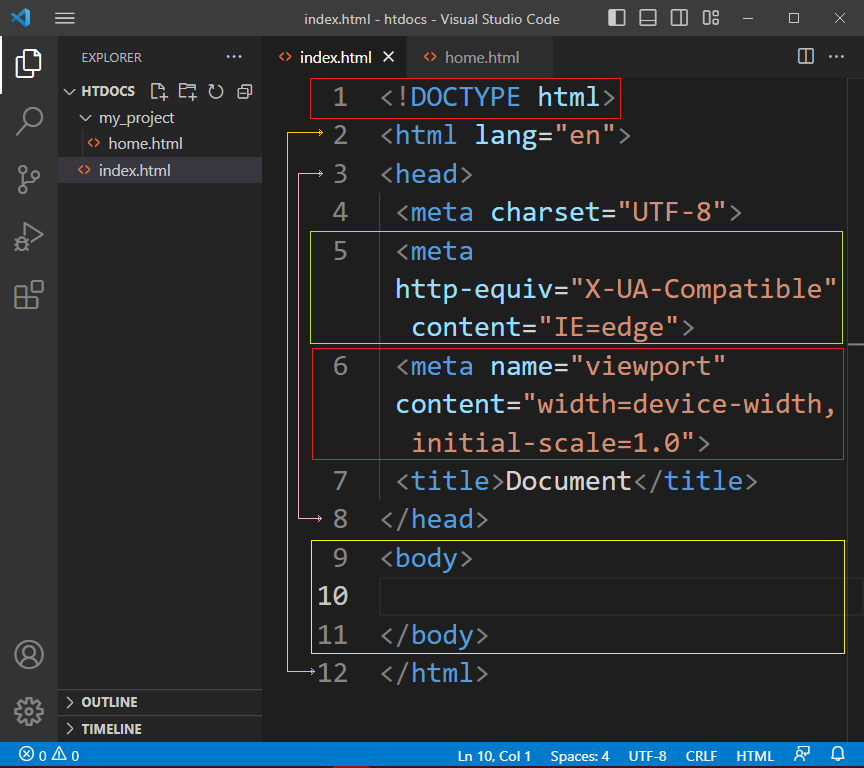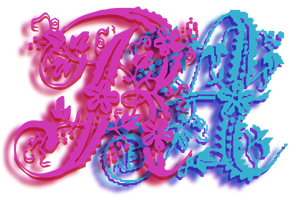
Please support if you like my work by payment through upi: sinhamit@icici or payment by bank
account name: Amit Kumar Sinha,
account number: 2646728782
IFSC code: KKBK0005660
SWIFT: KKBKINBB
HTML TAGS in Category: HTML by amit
🕙 Posted on 2023-04-02 at 03:30:44 Read in Hindi ...
Pre-defined HTML TAGs
Tags used in HTML are pre-defined, that is, they are required to be identified by the web-browsers. These HTML tags are of two types: (1) Block level, and (2) Inline level. A block level element (consists of a pair of same name of TAGs) behaves like a box (container), in which you can insert / place as many elements, either block level or inline level.
An inline level element (generally consists of a pair of same name of TAGs, and also single TAG) is used to be inserted inside a block level or also an inline level element. However, many HTML elements either block level or inline level, cannot be inserted into same element.
It seems confusing, but following explanation will illustrate clearly. There is only one document type declaration, <!DOCTYPE html> placed at the top of a WEB-PAGE file (see line 1 of below image). Similarly, there are only one <html></html> (see lines 2 and 12 of below image), <head></head> (see lines 3 and 8 of below image), and <body></body> (see lines 9 and 11 of below image) elements, inside a WEB-PAGE file.
There is also only one <title></title> element in a WEB-PAGE (see line 7 of below image). Content / information inside the <title></title> element is shown at the top of your WEB-BROWSER, and helps you to identify WEBSITEs and WEB-PAGES opened in different TABS of your WEB-BROWSER. When you have opened multiple tabs in your web-browser, for example, following titles will be shown, when these websites are opened:
- R.I.B.H.U. 𝒜𝒸𝒶𝒹ℯ𝓂𝓎,
- R.I.B.H.U. 𝒜𝒸𝒶𝒹ℯ𝓂𝓎-Conference & Showcase - 2023,
- RIBHU Academy − Best Guidance Available Here,

<meta /> tags
At lines 4, 5 and 6, in the above image, you will find three <meta /> tags. There can be more <meta /> tags in a WEB-PAGE as described below. These <meta /> tags are describes how a WEB-PAGE will behave, and also contain description, author, and details of the WEB-PAGE. First three lines in below illustration inform the web-browser, how the WEB-PAGE should behave.
First line describes the type of characters used (UTF-8) in the WEB-PAGE. Second line makes the WEB-PAGE responsive. If you don't insert the second line (described in below illustration), the web-page will not behave responsive. Third line (described in below illustration) makes the WEB-PAGE compatible with MicroSoft IE (Edge).
<meta charset="utf-8" />
<meta name="viewport" content="width=device-width, initial-scale=1" />
<meta http-equiv="X-UA-Compatible" content="IE=edge" />
<meta name="Keywords" content="HTML, CSS, JavaScript, PHP, Python, SQL, MySQL, Bootstrap, XML, Tutorials, Website" />
<meta name="author" content="Amit K. Sinha, entrepreneur, lawyer, innovator, web developer" />
<meta name="Description" content="Precise and Concise tutorials to learn HTML, CSS, JavaScript, SQL, MySQL, PHP, Python, Bootstrap, and more." />
Fourth, fifth and sixth line (described in above illustration), help the Search Engine to Optimize your WEB-PAGE, and the website will be showed in result searched by the public at large. You have seen usage of all tags/elements described in the image above. However, there are many more ... see on next pages.
Attributes inside HTML tags
Attributes are different from HTML tags / elements. Attributes are added inside an HTML ELEMENT, to make it more functional. The WEB-PAGEs can be displayed without attributes, but these are added / inserted to enhance functionality and interactivity of an HTML ELEMENT.
An attribute name can be same as an HTML element/tag, for example <title></title> is an HTML element, but there is also an attribute, namely, title, which is used inside <body></body> or other HTML elements used inside it. An attribute has been assigned with one or more values, which are placed in two double-quotes after = (equal sign).
For example, <p></p> is an HTML paragrah element, and many paragraphs in a WEB-PAGE are written simply with this HTML element, without any attribute inside them. However, you can see a functionality added (move your mouse over following line), when you insert title attribute and assign a value for it, inside the HTML paragraph element, for example:
<p title="Best Guidance Available Here">RIBHU Academy</p>
You have also seen in above illustration of <meta /> tags, that many attributes are inserted inside it. These attributes are specifically used inside <meta /> tags, and their functionality are explained above.
Leave a Comment:

Amit Sinha March 2nd, 2023 at 9:30 PM
😃 😄 😁 😆 😅 😂 😉 😊 😇 😍 😘 😚 😋 😜 😝 😶 😏 😒 😌 😔 😪 😷 😵 😎 😲 😳 😨 😰 😥 😢 😭 😱 😖 😣 😞 😓 😩 😫 😤

Ribhu March 3rd, 2023 at 9:30 PM
🐵 🐒 🐶 🐩 🐺 🐱 🐯 🐅 🐆 🐴 🐎 🐮 🐂 🐃 🐄 🐷 🐖 🐗 🐽 🐏 🐑 🐐 🐪 🐫 🐘 🐭 🐁 🐀 🐹 🐰 🐇

